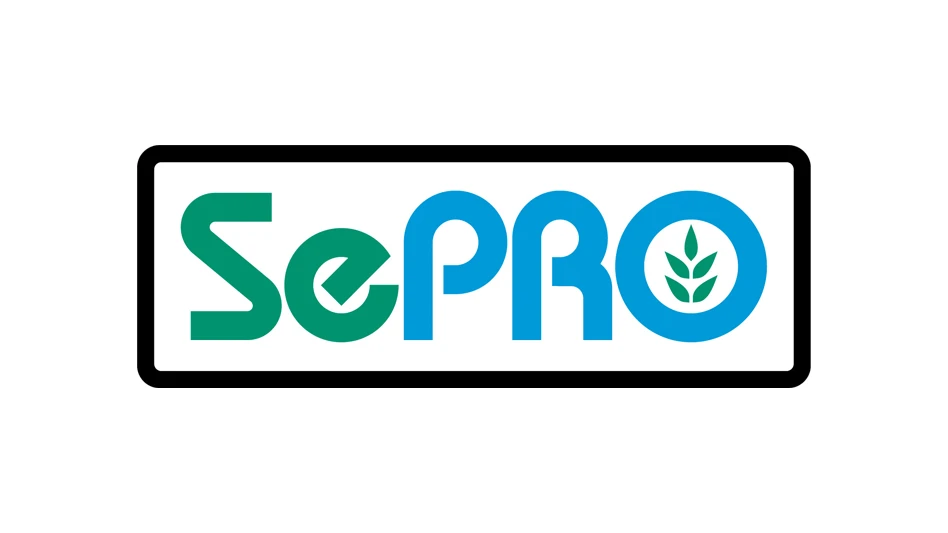We all want and need feedback, often dread receiving feedback and frequently are uncomfortable giving feedback. Few of us really understand feedback or manage the process of providing feedback.
Dictionary.com defines feedback as: “The return of information about the result of a process or activity; an evaluative response.” To understand the critical role of performance feedback in employee management, consider the following statements:
• Each of us are constantly giving and receiving feedback, if not explicitly, then implicitly;
• Performance is influenced the most by consequences; and
• Good performance should be treated differently than poor performance.
The bottom line is that each of us continuously provides employees with feedback, and that feedback impacts performance. When we use implicit and unplanned explicit feedback, we will often provide inappropriate feedback – with negative performance consequences. When you have a friendly, positive interaction with an employee who’s performing poorly, what message do you think he receives? When you interact with an employee whose performance exceeds expectations while you’re in a bad mood, what message do you think he receives? The absence of feedback and unintended or inappropriate feedback is a major barrier to superior performance.
Feedback informs employees about the quality of their performance. Without good feedback, an employee is uncertain how he’s doing. This uncertainty is frustrating, especially to employees early in the process of mastering a new task, and can be demotivating. Good feedback reduces uncertainty and increases motivation. The majority of employees are uncertain about the quality of their performance. They don’t know whether they’re “winning.”
The key to using feedback to enhance performance is providing feedback appropriate to the performance. Appropriateness has two key attributes. First, the feedback is focused on the performance, not on the person. This is especially critical when performance is below the expected standard. Second, the feedback must correctly communicate the supervisor’s assessment of the employee’s performance. The latter attribute requires the following three forms of feedback rather than the usual two (positive and negative):
• Positive – used when performance meets or exceeds the standard;
• Negative – a reprimand, a punishment, a demotion, removal from activity – something bad from the employee’s perspective. This should be used when performance doesn’t meet the standard because of a personal characteristic, behavior of attitude of the individual; and
• Redirection – incorrect performance is stopped and redirected using training. This should be used when performance doesn’t meet the standard because of something in the context of the performance.
A morale builder
As I approached the registration desk in the nearly vacant lobby of an economy motel, my hope was to complete a hassle-free registration and get to my room. I was surprised when a friendly, helpful gentleman asked if I needed anything special or any local information. I thanked him and proceeded to my room with a little extra bounce in my step. When I passed the registration desk on my way to grab a bite to eat, he called me by name. I stopped and thanked him for the unusually good service. Although a bit self-conscious with my compliment, he obviously was pleased. He succeeded in providing excellent customer service, and we had made each other’s evening a little more pleasant.
The above illustrates the power of positive feedback as a morale builder and as a motivator. We must, however, be careful to use positive feedback to reward only successful performance. Positive feedback serves as positive reinforcement causing an action or performance to be repeated. Although this seems obvious, it’s not. We often want to use positive feedback to reward good intentions; however, remember that good performance should always be treated differently than poor performance.
Why is positive feedback beneficial?
• Positive feedback focuses the recipient on success. It serves as a reward to the recipient for an outcome or an action that contributed to business success. This reinforces the success-creating behavior and causes it to be repeated. Individuals and teams perform better when striving for success rather than when avoiding failure.
• Positive feedback is motivating. Feelings of personal accomplishment and recognition for achievement are two motivators. Positive feedback provides both and also might provide a third: a sense of importance to the business.
• Positive feedback builds confidence. Continuing successful performance requires that we know the skills and that we have the confidence to perform perfectly every time. Because the confidence follows the skills, positive feedback enhances that confidence and prevents slippage.
How can we feel more comfortable giving good positive feedback?
• Become success-minded. You can reinforce the vision and provide positive feedback by continuously looking for actions and results that contribute to that vision and then always providing positive feedback. Look for successes.
• Practice appreciative inquiry. Ask your employees what’s going right and use their answers to provide positive feedback.
• Practice, practice, practice. The more positive feedback you give, the better you’ll become. Practice with your family and your friends.
The outcome we should seek is that providing large quantities of high-quality, positive feedback becomes a habit. Research finds that, for most of us, it takes a minimum of 21 days of practice before providing high quality positive feedback becomes a habit.
As you move into the heart of the golf season, I challenge you to increase your and your employees’ job satisfaction by dramatically including the quantity and quality of positive feedback. GCN
Robert A. Milligan, Ph.D., is professor emeritus from Cornell University and senior consultant with Madison, Wis.-based Dairy Strategies. He can be reached at 651-647-0495 or rmilligan@trsmith.com.

Explore the May 2005 Issue
Check out more from this issue and find your next story to read.
Latest from Golf Course Industry
- Atlanta Athletic Club approves funding for master plan
- Maximizing Cultural Practices and Agronomic Benefits with Minimal Surface Disruption
- Real Answers about Spray Nozzle Choices
- From the Course to the Factory: How Customer Insights Drive Innovation
- New & Proven Enzyme Strategies for Sprayable Thatch Management
- Innovating Tomorrow: Wittek’s New Products & Industry Staples
- PBI-Gordon introduces new field development team
- The Cabot Collection announces move into course management






